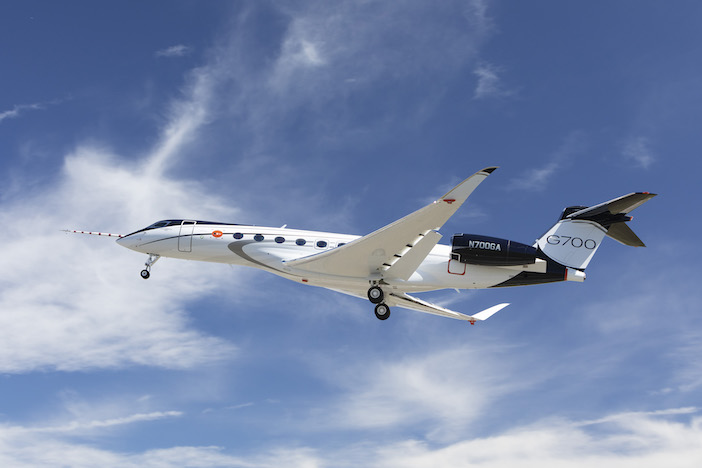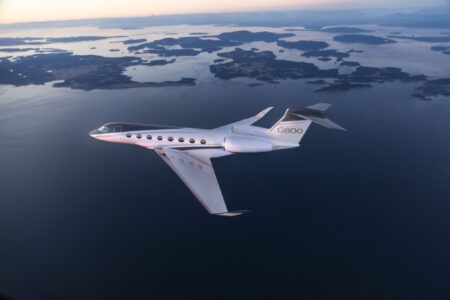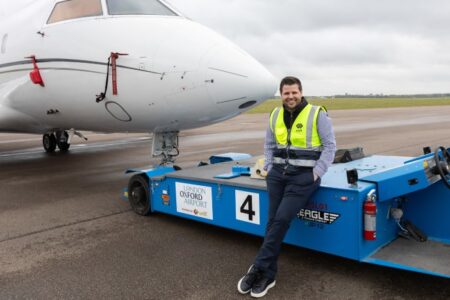Gulfstream’s G700 business jet achieved 25 world speed records during its recent world tour.
The G700 is powered by Rolls-Royce Pearl 700 engines and can fly at its high-speed cruise of Mach 0.90 for 6,400 nautical miles (11,853km) or at its long-range cruise of Mach 0.85 for 7,500 nautical miles (13,890km).
Gulfstream flew two fully outfitted G700 production test aircraft to more than 20 countries across six continents to demonstrate the aircraft’s performance capabilities and the flexibility and comfort of the most spacious cabin in the industry.
“The G700 world tour was a tremendous success,” said Mark Burns, president, Gulfstream. “We knew the
aircraft would perform exceptionally well, and they exceeded even our own high expectations for both
reliability and performance across a variety of routes.
“Showcasing the outfitted aircraft to our customers and prospects around the world bolstered the already strong demand we are seeing for the G700.”
The record-breaking runs included:
- Savannah, Georgia to Riyadh, Saudi Arabia, in 12 hours, 36 minutes at an average speed of Mach 0.90 to begin the international portion of the tour
- Istanbul, Turkey, to Van Don International Airport in Vietnam, in 9 hours, 2 minutes at an average speed of Mach 0.90
- Riyadh to Melbourne, Australia, in 13 hours, 39 minutes at an average speed of Mach 0.87
- Christchurch, New Zealand, to Los Angeles in 12 hours, 13 minutes at an average speed of Mach 0.87
In total, the two G700s traveled 53,882 nautical miles (99,789km) over more than180 hours of flying.
The world tour speed records are pending approval by the US National Aeronautic Association and Fédération Aéronautique Internationale in Switzerland for recognition as world records.
The two G700 production test aircraft interiors showcase the industry’s only ultragalley, with more than
10ft (3m) of counter space; a grand suite with fixed bed and bright, spacious lavatory with full vanity and shower; an ultrahigh-definition dynamic circadian lighting system; an all-new award-winning seat design; and the lowest cabin altitude in the industry at 2,916 ft/889 m when flying at 41,000ft (12,497m).





